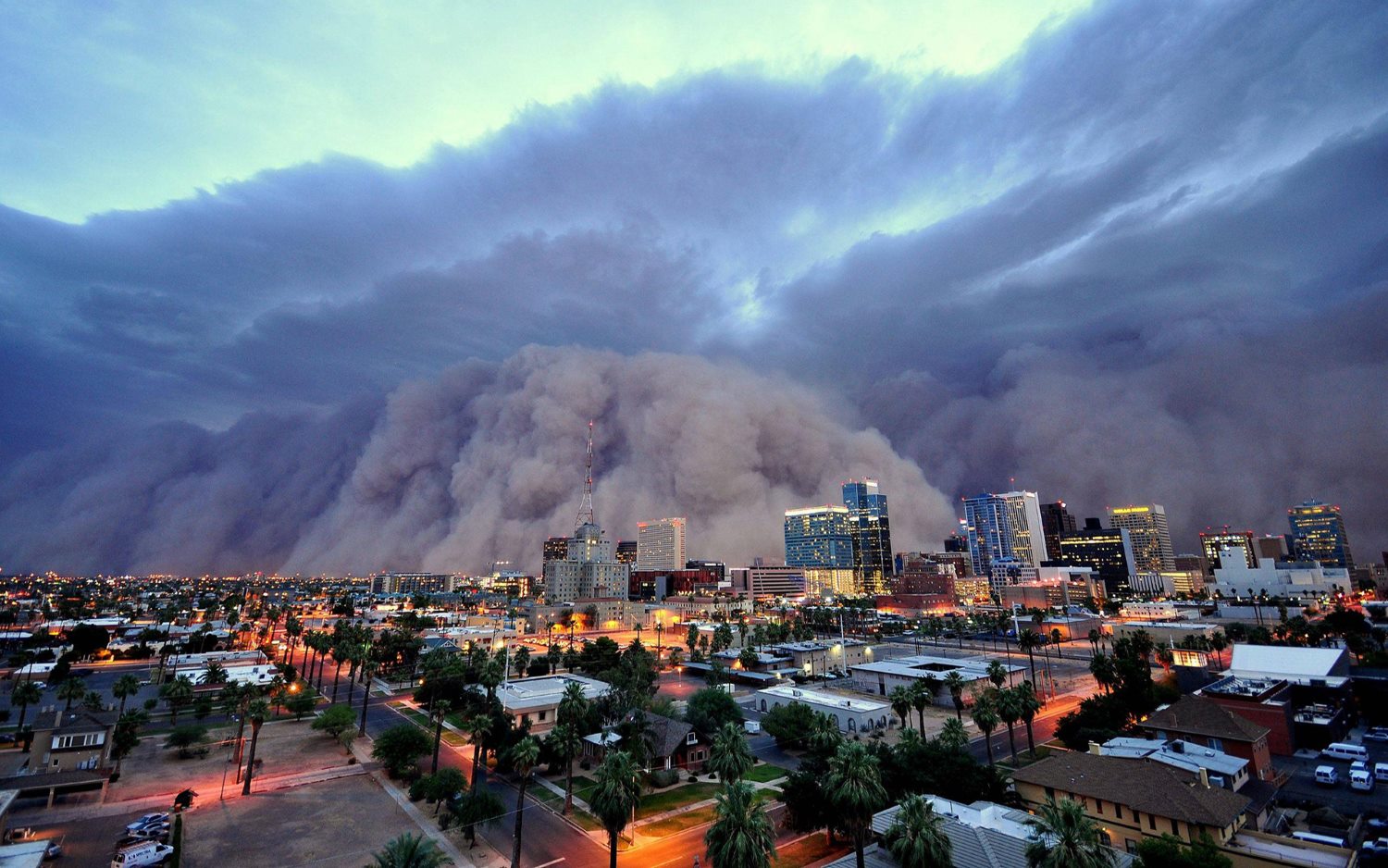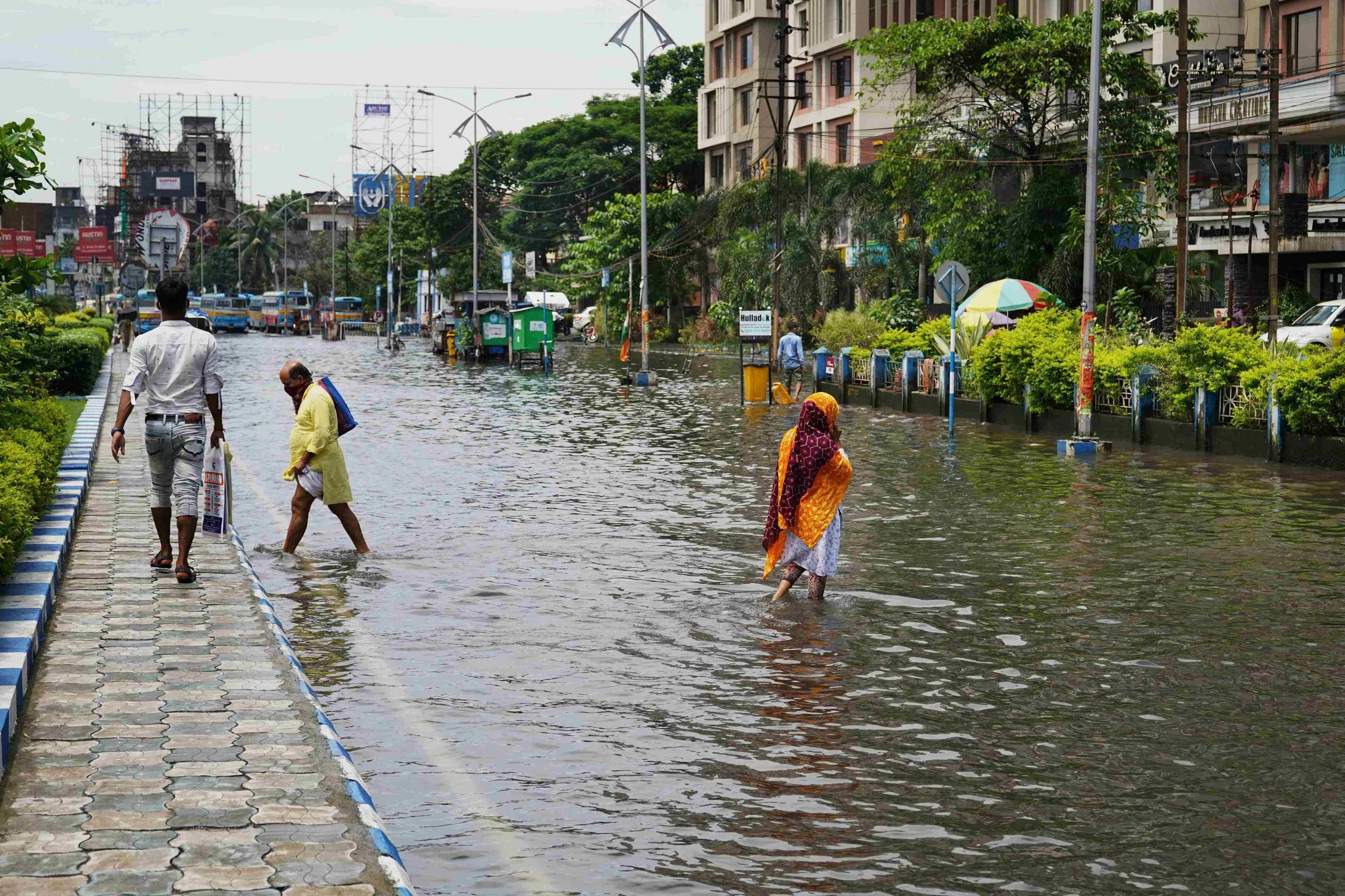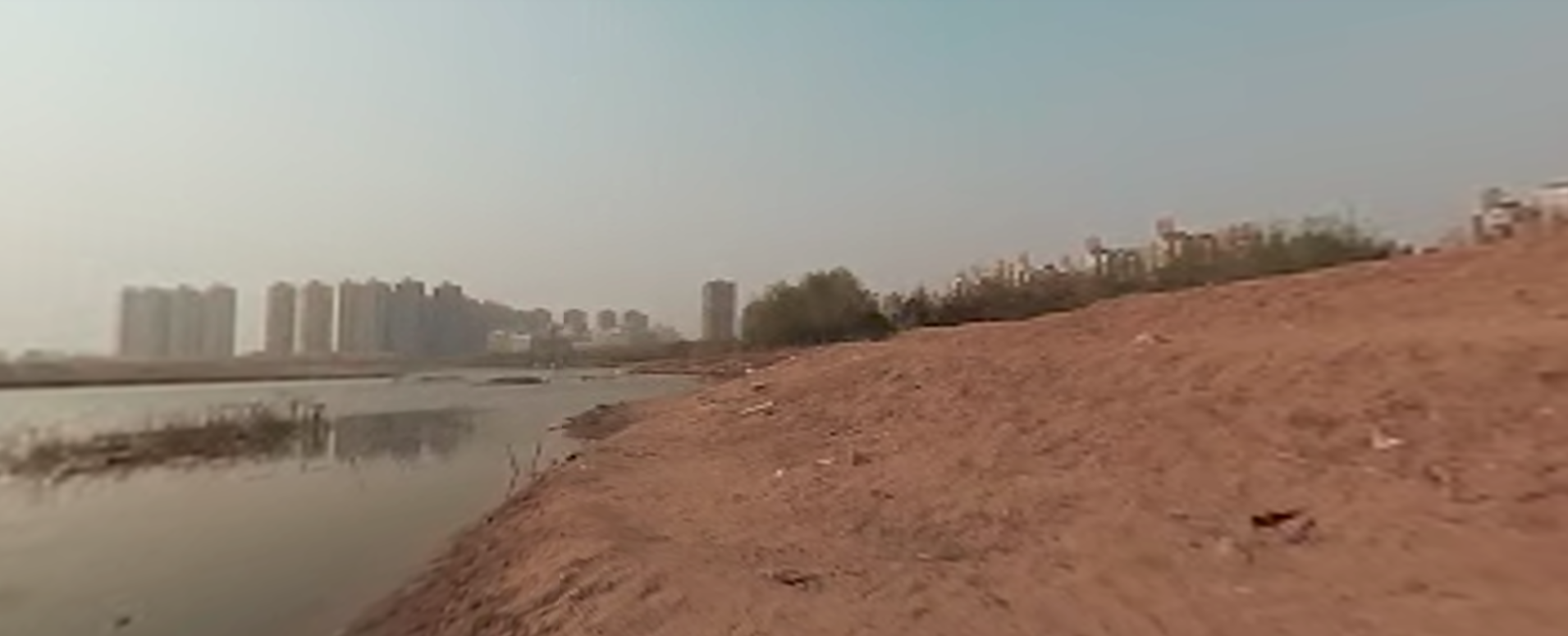Article by Mike Hoffmann, Carrie Koplinka-Loehr and Danielle Eiseman*, authors of the book Our Changing Menu: Climate Change and the Foods We Love and Need (Cornell Press 2021). The book has been one of the shortlisted projects of the CMCC Climate Change Communication Award “Rebecca Ballestra” 2021 and received the Nautilus Gold Book Award for the Rising to the Moment category.
Our food starts somewhere with a pair of hands driving a tractor in Kansas, picking an apple in England, or pollinating vanilla in Madagascar. The family in Western Africa growing cacao destined for chocolate earns $4.00/day. The sheep rancher at the headwaters of the Colorado River in Wyoming faces droughts that devastate the rangelands he depends on. The lobsterwoman in Maine who now raises oysters because her lobster catches are destined to decline. We depend on the labors of millions of people around the world to grow what we want and move it along the supply chain to our table.
The 2021 and 2022 reports from the Intergovernmental Panel on Climate Change make it clear that we need to act quickly to face the climate challenge, and at scale to confront this growing threat. Those in the business of communicating about climate change want to roar about this story and wake people to action. To accomplish this, they share stories about the huge economic losses due to extreme weather events, the loss of species, increasing risks to human health, or what it means to our children or grandchildren. These stories can be helpful, but they are not relevant to everyone. To overcome this obstacle, we can use something that we encounter every day; it’s embedded in our cultures and our family histories; it’s enjoyable and emotive and is easy to talk about. It’s food, and we all eat, regardless of climate change beliefs, political affiliation, economic status, or where we live. It is difficult to imagine something more relevant to roar about. And it’s all changing because of climate change and often in startling ways that most people don’t realize. This is a remarkable opportunity to tell stories about the thousands of foods and food ingredients that are changing, in subtle and sometimes ominous ways.
Using food to communicate about climate change
To tell this story, a climate change and food scientist, a freelance writer, and a once-upon-a-time professional chef (now climate change and science communication expert) marshalled their expertise and life experiences around a shared vision. Together we wrote Our Changing Menu: Climate Change and the Foods We Love and Need (Cornell Press 2021). To add to the narrative, the book includes exquisite pen and ink drawings by Lindsey Potoff, a Cornell University undergraduate art student who was thrilled to contribute to this story. Her art includes the Empire State Building dwarfed by a gigaton of ice and hands holding soil — a major actor in mitigating climate change if kept healthy. We saw telling this story as a unique way of raising awareness about climate change that was highly relatable and one never told before in detail. The story is written in lay language to help ensure that it reaches as many people as possible and from all walks of life. And it is intended for our counterparts in rich countries, especially in the US, since we have contributed most to climate change and have the capacity to help tackle it.
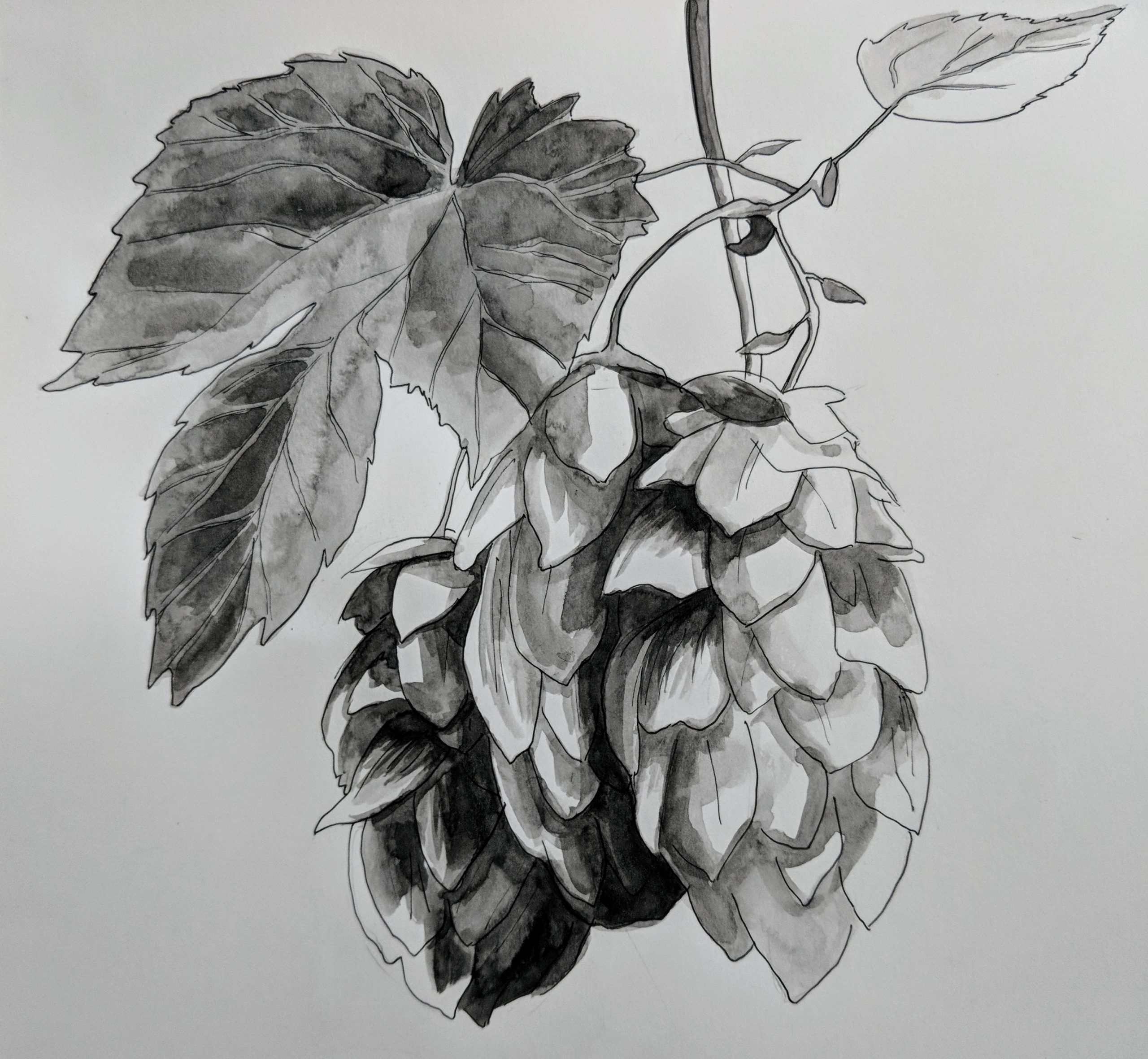


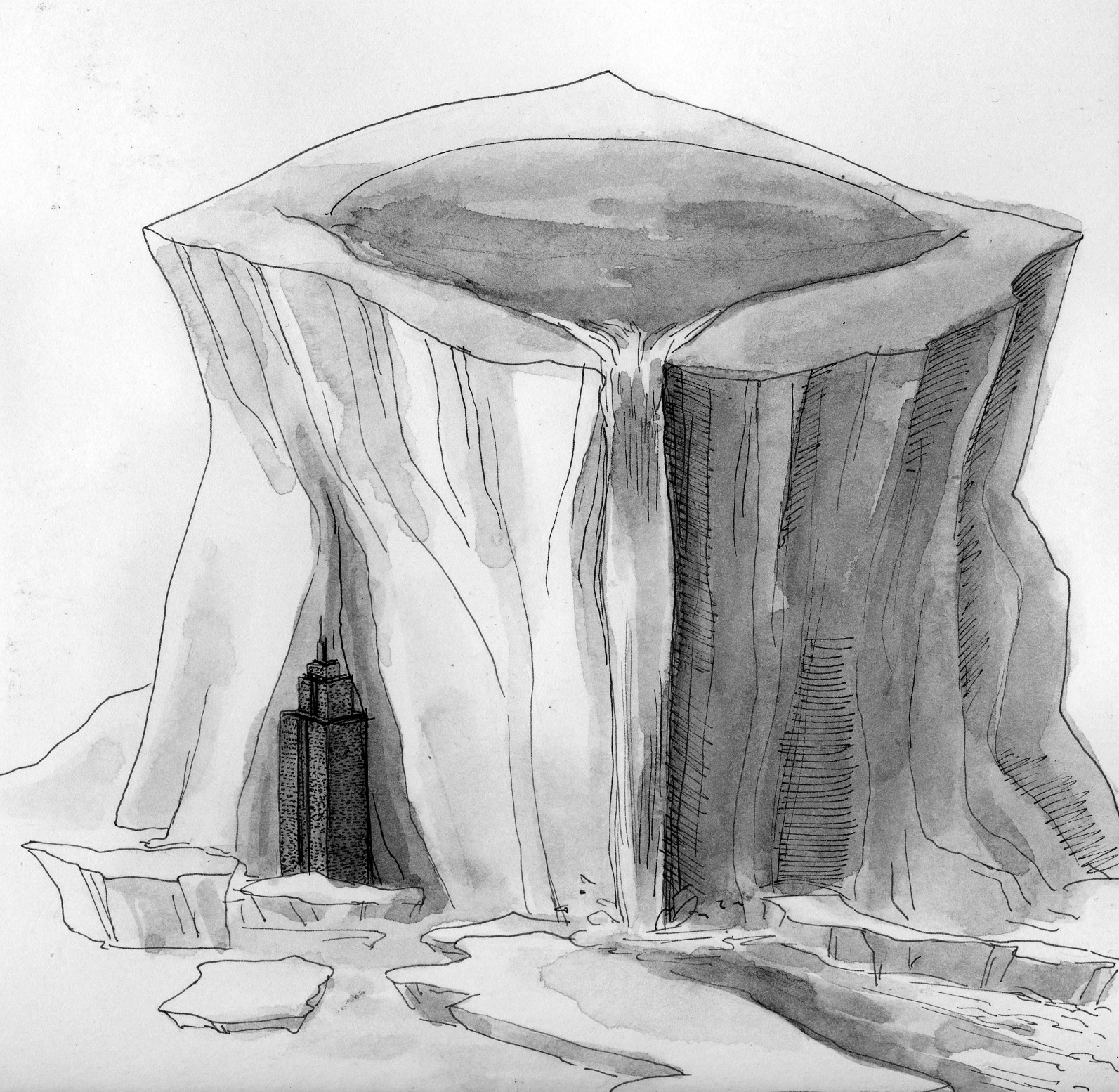
To help address the enormity and complexity of the story, the chapters are organized like a restaurant menu, starting with before-dinner drinks, and ending with desserts and coffee. These meal courses become the heart of the story — and something everyone can relate to — what climate change means to our food now and in the future.
Along this journey we wanted to avoid the doom and gloom that overwhelms so many and creates a sense of despair, so we celebrate food and tell stories that tease the palette. Wine, for example, may be thin, elegant, earthy, chewy, voluptuous, or buttery, and we love them all. We also remind people of the history of their favorite foods and where they come from. How many people know that almost all sushi rice consumed in the US comes from California and that the main source of Brazil nuts is Bolivia? That most saffron comes from Iran, and a lot of grass-fed beef eaten in the US is from Australia? Few realize that the fish destined for fish sticks are caught in the Bering Sea by the US fishing fleet, shipped to China for processing, and then imported into the US. How we get our food is complicated — another story from our shared vision.
To drive home relevancy and make it more personal, we interviewed 20 people on the frontlines of climate change. They came from four countries — farmers, ranchers, food managers, policy makers and their stories spoke for themselves. These stories and others remind us that it’s not simply some far off “farm” but rather real people and their families working hard to make a living in a much more challenging world.
From understanding to action
We believe that sharing the causes of climate change and its impacts today and in the future allows informed individuals to make informed decisions. Our focus on the impacts on food allowed us to bring this science-based story to everyone’s table, everyone’s menu. How many of us pause to consider that a plants’ basic needs — water, temperature, the air, and soil are all changing. The basis of life that we depend on is changing — a story that must be told.
Increases in extreme weather, droughts, and floods pose direct and obvious threats to the crop plants we need as do the animals we may elect to eat. But how many of us know that as nights warm rice yields drop or as winters warm that yields of most fruit and nut trees decline dramatically. As the level of carbon dioxide in the atmosphere increases the nutritional quality of major crops are expected to decline threatening the health of millions globally. And that the flavors of wine and a variety of vegetables will be different. California will produce far fewer avocados, we may see more octopus and squid on the menu since they will thrive in the warming oceans, and our baked potato may be stunted. Finally, chocolate will likely be pricier because the supply of cacao from Western Africa has dried up. This narrative rarely gets the attention it deserves.
Realizing the value of science through food
Everything on the menu is changing, but despite the enormous challenge, our vision includes a message of hope, a crucial component of any climate change story. Hope comes from the scientists around the world who are developing climate-resilient crops and helping farmers adapt to the new conditions and minimize their impact on the climate. Thousands of scientists are making a difference. We also see this as an opportunity to help people realize the value of science through food. Farmers are doing their part by adopting climate-smart practices that keep the soil healthy and are diversifying crops to ensure that if some are lost to severe weather others will survive and make it to market. There is a long way to go, but the stewards of the land are also making progress. And food industries are stepping up as well, from assisting farmers around the globe to assessing risks along their supply chains. There are more stories to tell.

Many stories, many communication means
For every one of us, our story closes by providing the antidote to despair — action. What can we do? This includes everyone becoming informed about the science of climate change, the impacts it is having, and how to talk about it. Shifting to a more plant-based diet and reducing food waste are very helpful. But it’s not just all about food. Do we need to fly, drive, heat, cool, and consume so much? We all need to assess our individual contributions to climate change. And individually and collectively we also need to engage policymakers, raise our voices, be activists, be courageous, and join forces with others. It could lead to the great awakening, the social change that we need — at scale and quickly.
We continue to grow our collective vision using every means of communication possible. The website includes a database of potentially hundreds of food ingredients and how climate change is affecting them. This information is of interest to chefs and many more in the business of food. All who could help multiply our message. We are also developing a plant-based product database that will describe the changes occurring to perfumes, textiles, cosmetics, medicinal herbs, and pet foods to name a few. Innumerable stories to tell of relevance to all.
We have also joined dozens of artists to tell the climate change story by visually portraying how the iconic hamburger is changing as the climate changes. Our communication efforts include seminars, lectures, interviews, humorous videos, blogs and social media. There are many more communication opportunities awaiting on the horizon for this story. We encourage all climate change communicators to consider all options and not just one you are comfortable with.
We all eat, and we all need to help confront this grand challenge. Consider food, the next time you tell the climate change story. See what happens. We are inspired by what we are experiencing and driven to do more.

Mike Hoffmann, Ph.D., Professor Emeritus, Cornell University, helps others confront the grand challenge of climate change. He has published climate change articles in The Hill, Fortune, and USA Today and is lead author of Our changing menu: Climate change and the foods we love and need (Cornell Press 2021). Mike’s life’s experiences include growing up on a one-cow dairy farm, serving in the Marines, being a father, and many years in leadership roles at Cornell University. He holds a B.S. in Ecology, and M.S. and Ph.D. in Entomology. His current title is Professor Emeritus. He will tell the climate change story, until he can no longer.
 Carrie Koplinka-Loehr, freelance writer, learned to haul hay bales and milk cows, then began communicating about agricultural issues and the environment. At Cornell University she directed a center focused on reducing risks from pest management. As a freelance writer, Carrie has published in YES! magazine and other venues. She lives in a solar home and is an avid gardener, quilter, and land conservationist. Carrie holds an M.S. in science education (Cornell), a B.A. in English (Colgate University), and is a member of the Society of Environmental Journalists and the National Association of Science Writers.
Carrie Koplinka-Loehr, freelance writer, learned to haul hay bales and milk cows, then began communicating about agricultural issues and the environment. At Cornell University she directed a center focused on reducing risks from pest management. As a freelance writer, Carrie has published in YES! magazine and other venues. She lives in a solar home and is an avid gardener, quilter, and land conservationist. Carrie holds an M.S. in science education (Cornell), a B.A. in English (Colgate University), and is a member of the Society of Environmental Journalists and the National Association of Science Writers.
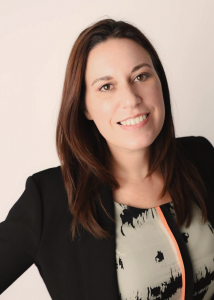 Danielle Eiseman, Ph.D., Department of Communication, Cornell University, is a climate change communication specialist, with a focus on pro-environmental behavior change. Danielle has experience working in public engagement and climate change policy. She is particularly interested in how different engagement tools, such as storytelling, food, and social media, can help accelerate public engagement with climate change policy and action. She has a Ph.D. in Consumer Behavior, an M.Sc. in Carbon Management, an M.Sc. in Economics and Marketing, a B.A. in Chemistry and an Associate’s degree in Culinary Arts.
Danielle Eiseman, Ph.D., Department of Communication, Cornell University, is a climate change communication specialist, with a focus on pro-environmental behavior change. Danielle has experience working in public engagement and climate change policy. She is particularly interested in how different engagement tools, such as storytelling, food, and social media, can help accelerate public engagement with climate change policy and action. She has a Ph.D. in Consumer Behavior, an M.Sc. in Carbon Management, an M.Sc. in Economics and Marketing, a B.A. in Chemistry and an Associate’s degree in Culinary Arts.




